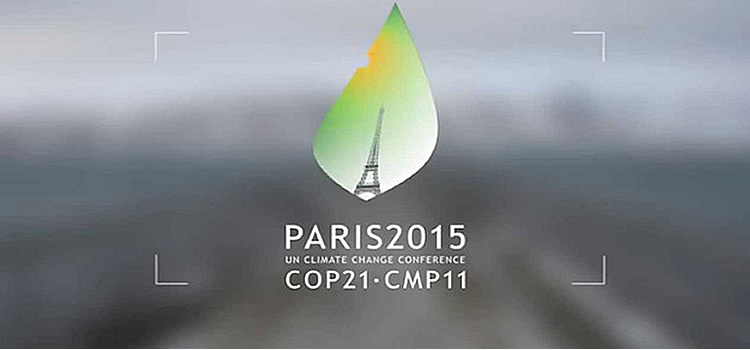Mondiale CO2-uitstoot blijft bij huidige plannen maar liefst 60% te hoog

26 augustus 2015 – De mondiale CO2-uitstoot mag in 2030 niet meer zijn dan 36 Gt, wil de opwarming van de aarde beperkt blijven tot 2 graden. De nu bestaande reductieplannen schieten echter fors te kort: de CO2-uitstoot zal in 2030 maar liefst 60% te hoog zijn.
In de aanloop naar de grote klimaatconferentie in december (COP21, Parijs) hebben twee onderzoeksinstituten de reductieplannen geïnventariseerd. Het ESRC Centre for Climate Change Economics and Policy en het Grantham Research Institute on Climate Change and the Environment hebben berekeningen uitgevoerd met de nu bekende plannen, de ‘intended nationally determined contributions’ (INDC’s).
Op de Conference of Parties van de UNFCCC in Lima (COP20, december 2014) werd afgesproken dat de landen hun INDC in de aanloop naar Parijs zouden indienen. Op 20 juli was van 46 landen bekend hoe groot hun CO2-reductie zal worden. Deze 46 landen vertegenwoordigen samen 58% van de mondiale uitstoot. Op basis van de ingediende reductiecijfers hebben de onderzoekers vastgesteld hoe groot de reductiebijdrage van die 46 landen is in 2030. En op basis van het aandeel van die landen in de mondiale uitstoot in 2011 is geschat hoe groot de totale mondiale CO2-uitstoot in 2030 zal zijn bij alle lopende reductieplannen.
De onderzoekers: ‘We compare a ‘snapshot running total’ in 2030 of the level of annual global emissions implied by these INDCs with pathways for both ‘business as usual’ consistent with a reasonable chance of not breaching the 2°C limit.’
Volgens de onderzoekers (Rodney Boyd, Joe Cranston Turner and Bob Ward) zal de mondiale uitstoot in 2030 ongeveer 58 Gt CO2 zijn. En dat is een beroerde uitkomst, want om de opwarming van de aarde tot maximaal 2°C te beperken, mag de uitstoot niet meer zijn dan 36 Gt. Als de reductieplannen niet aangepast worden is de mondiale CO2-uitstoot in 2030 dus 61% te hoog.
De onderzoekers brengen hun alarmerende boodschap droog en onderkoeld: ‘We conclude that, while there has been progress compared with a ‘business as usual’ global emissions pathway, there is a gap between the emissions pathway that would result from current ambitions and plans, including those goals outlined by the submitted INDCs, and a pathway that is consistent with a reasonable chance of limiting the rise in global average temperature to no more than 2°C above pre-industrial levels. Consequently, countries should be considering opportunities to narrow the gap before and after the COP21 summit in Paris, including (…):
- hard work over the next few months by all countries to find credible ways of achieving bigger emissions reductions which can be included in INDCs to be submitted to the UNFCCC secretariat, and/or achieved through additional efforts by partnerships (e.g. through specific decarbonisation initiatives among willing countries);
- an intensification of efforts to increase investment and innovation, particularly in relation to the development of cities, energy systems and land use, that could help to close the gap between intentions and the goal before and after 2030;
- the creation of a mechanism, to be included in the agreement emerging from COP21 in Paris in December 2015, for countries to review their efforts and to find ways of ramping up the ambition of their emissions reductions by 2030 and beyond; and
- concerted efforts by all countries to build strong and transparent domestic bases for the implementation of their INDCs, setting countries on a path to decarbonisation and enabling them to ramp up their ambitions. ‘
De onderzoekers zullen hun berekeningen steeds weer updaten als er van meer landen INDC’s binnen zijn.
Het Grantham Research Institute on Climate Change and the Environment is verbonden aan de London School of Economics and Political Science. Het ESRC Centre for Climate Change Economics and Policy is verbonden aan de University of Leeds en de London School of Economics and Political Science. .
Bronnen
Rapport, 19 augustus 2015: Tracking intended nationally determined contributions: what are the implications for greenhouse gas emissions in 2030? (pdf, 19 pag.)
Persbericht ESRC, 19 augustus 2015: New analysis finds that emissions pledges ahead of UN climate summit are not ambitious enough to avoid dangerous climate change



